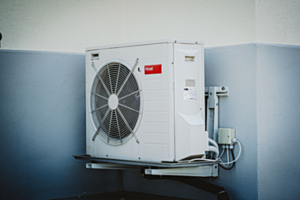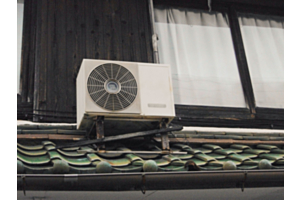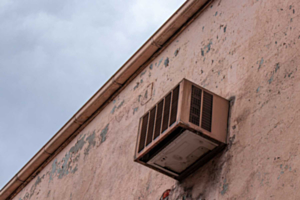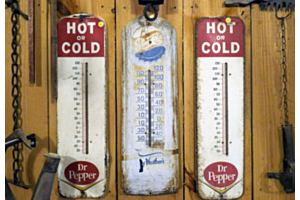Monthly Archives: September 2020
-
September 28, 2020
Your home or commercial building likely has a heat pump. It works decently, but you know it could be better. That’s inspired you to look into a mini split heat pump instead. Still, before you commit, you’d like more information.
That’s what we’re here to provide in today’s post. Think of this as your mini split heat pump 101 lesson, as we’ll answer your most commonly asked questions.
What Is a Mini Split Heat Pump?
A mini split heat pump replaces the traditional heat pump in your home or office. If you have a building without ductwork, then a mini split heat pump is an especially good idea, as mini split systems are always ductless.
Outside of replacing your traditional heat pump furnace or heater, a mini split heat pump can also be used in lieu of heating systems like space heaters, radiant panels, and hydronic heating methods. Now you won’t have to use propane or kerosene to fill your space heater, which is a lot safer.
Your mini
-
September 21, 2020
Nothing lasts forever, and you know that unfortunately, this logic extends to your ductless mini split as well. You’ve had your mini split for several years and you love how you can cool and heat certain parts of your home or commercial building as needed. This more efficient means of heating and cooling has led to significant savings on your energy bill. Soon enough, you may even recoup what you spent on the mini split units.
Yet how long can you expect your mini split to last? When should you replace it? Here are a few instances in which a replacement may be warranted.
When the New Models Are Significantly More Energy Efficient
A ductless mini split system, as we said, is always
-
September 14, 2020
If you own or have owned an air conditioner, then it will include a metering device, also known as an “expansion device”. The same is true of your ductless mini split system, although you’re not sure where the metering device is. Where can you find this device?
Most ductless mini split metering devices are attached to the condenser.
If you’re not quite sure what your metering device is or why you need to take care of it, then make sure you keep reading!
What Is the Metering Device?
A metering device is a cooling system part that is only in charge of expanding the refrigerant. There are several types of expansion devices, the fixed ones and the adjustable ones. Most mini splits use the fixed type the capillary.. This refrigerant, will become somewhat warmer before it travels to the evaporator.
Some metering devices are more upscale like a thermal expansion valve, also known as a TEV or TXV. The sensing
-
September 07, 2020
You hear it about it all the time in standard HVAC units: air exchange. This function occurs through an air exchanger, a form of ventilation that requires ducts. As you get ducts built into your attic, the ducts branch off into two grilles. One of these is for stale air exhaust and the other is for fresh air distribution.
The stale air, which is typically in your home’s upper levels, may also include pollutants and humidity. The air exchanger receives that stale air and then sends it out of your home as exhaust. This controls the warmth in your home as well as makes the air you breathe healthier for you. As for the fresh air, it goes through the air exchanger and comes out the other side as fresh, warm air that’s piped throughout your home.
If you’re thinking of getting a ductless mini split installed in your home or commercial building, you may wonder if the air exchanger will come






